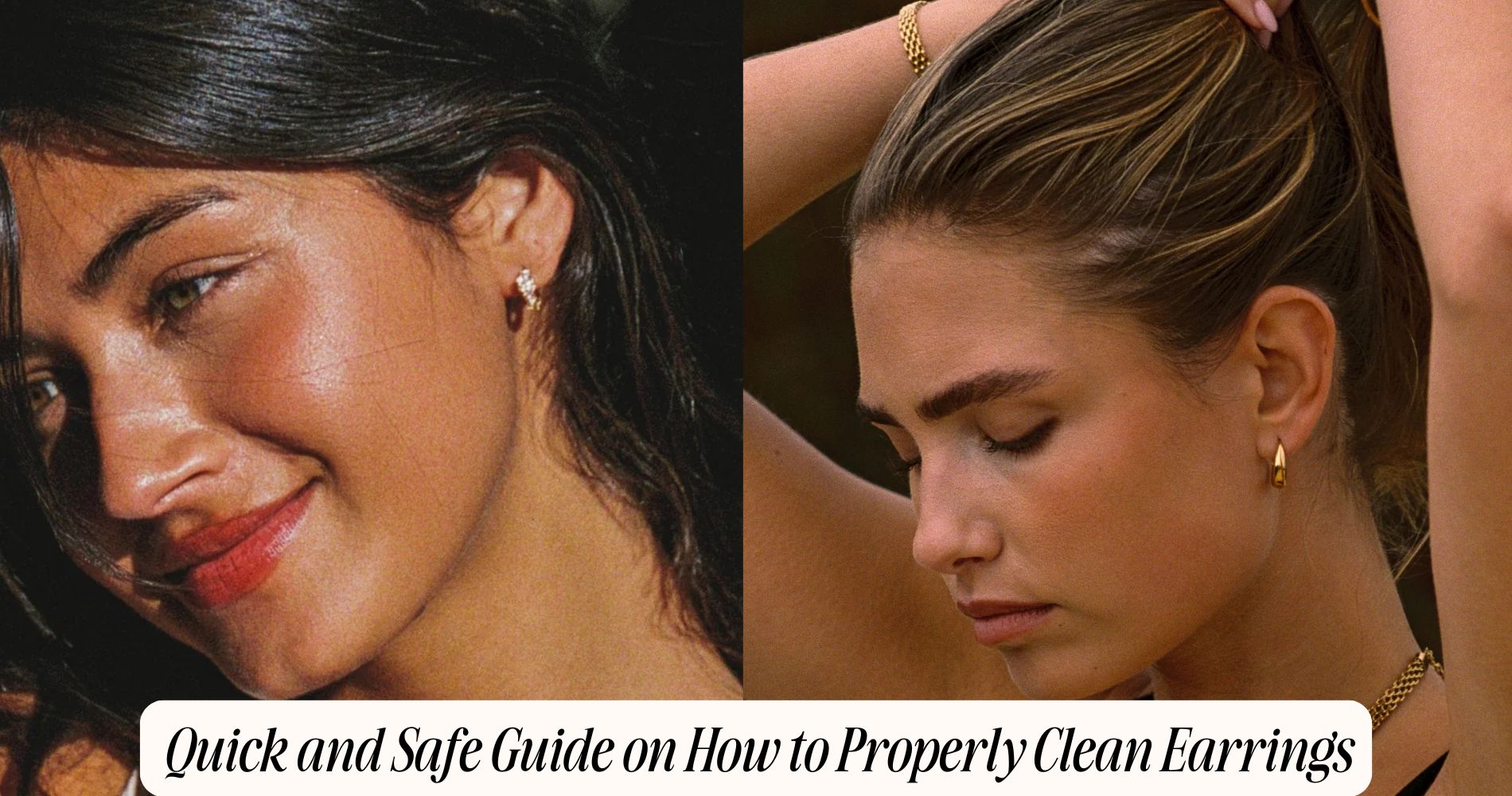
Quick and Safe Guide on How to Properly Clean Earrings
Learning how to properly clean earrings helps preserve their shine and prevent irritation. Start by wearing nitrile gloves, setting your earrings on a tray, and inspecting them under magnification. Use lukewarm water with pH-neutral dish soap and a soft brush (≤0.1 mm). Soak solid gold pieces for 5–10 minutes, but gently wipe gold-plated ones instead. Clean sterling silver the same way, then polish away tarnish with a treated cloth. For diamonds or gemstones, soak for 10–15 minutes and brush softly—avoid sudden temperature changes. Disinfect posts and backs with 70% isopropyl alcohol, rinse with distilled water, and pat dry. Skip harsh chemicals and abrasives. For pieces you can wear every day without worry, explore our Waterproof Earrings. Next, you’ll master delicate stones and safe storage.
Essential Supplies for At-Home Earring Cleaning
A clean workspace and the right tools reduce infection risk and prevent damage to metals and stones. Assemble essential tools before you begin: nitrile gloves, lint-free microfiber cloths, soft-bristle brush (≤0.1 mm filaments), nonabrasive swabs, and a dedicated tray to prevent loss.
Use magnification to inspect prongs, posts, and clasps. Choose evidence-based cleaning solutions: 70% isopropyl alcohol for posts and backs, mild pH-neutral detergent diluted in deionized water for general debris, and sterile saline for sensitive skin contact areas.
Keep a separate container for each pair to avoid cross-contamination. Have distilled water for final rinses to prevent mineral deposits. Air-dry on sterile pads; don’t use heat. Store a mesh strainer for safe handling over drains.
Label everything to prevent mix-ups.
How to Clean Gold and Gold-Plated Earrings
Because gold and gold-plated finishes respond differently to chemicals and abrasion, verify what you have before cleaning and default to the gentlest method.
For solid gold, prepare mild cleaning solutions: warm water plus a few drops of pH-neutral dish soap. Soak 5–10 minutes, then gently agitate with a soft, new toothbrush. Rinse with lukewarm water, pat dry with a lint-free cloth, and air-dry posts.
For gold-plated pieces, skip soaking and abrasive brushing; instead, wipe with a damp microfiber cloth and a tiny amount of the same solution, then rinse and blot dry.
Avoid ammonia, vinegar, baking soda, toothpaste, ultrasonic cleaners, or polishing cloths labeled for heavy tarnish—they can strip plating.
Inspect settings and closures before and after cleaning. For gold maintenance, store earrings separately and keep cleaning intervals minimal.
Safe Cleaning for Sterling Silver and Tarnish Removal
Although sterling silver is durable, clean it with methods that preserve the metal and stones while targeting tarnish (silver sulfide).
Start by washing earrings in lukewarm water with a few drops of pH-neutral dish soap; rinse and pat dry with lint-free cloths. For controlled tarnish removal, use a treated silver polishing cloth and light, linear strokes—these polishing techniques minimize micro-scratches and avoid abrasives.
When heavier tarnish persists, apply a silver-specific cream or foam per label directions, keeping product off posts and backs if they’re coated.
Avoid aluminum foil–baking soda baths, toothpaste, baking soda pastes, ammonia, or bleach; they can pit the alloy and weaken solder joints.
Store pieces in anti-tarnish bags with silica gel.
Additional tarnish prevention tips: wear earrings regularly, keep them dry, and wipe after use.
Caring for Diamonds and Gemstone-Set Earrings
Even when diamonds rate a 10 on the Mohs scale, you should clean gemstone-set earrings with methods that protect both the stones and their settings.
For diamond care and gemstone maintenance, prepare a lukewarm solution of water and a few drops of pH-neutral dish soap. Soak earrings 10–15 minutes to loosen oils. Use a soft baby toothbrush to gently scrub the pavilion, girdle, and under-gallery, supporting prongs to avoid torque.
Rinse over a mesh strainer with lukewarm water; thermal shock can crack some gems. Pat dry with a lint-free cloth; avoid tissues that shed fibers.
Inspect settings under bright light. If you see movement, misaligned prongs, or chips, stop and seek a jeweler.
Skip harsh chemicals, ultrasonic cleaners for unknown stones, and abrasive pastes.
Cleaning Pearls, Opals, and Other Delicate Stones
While pearls, opals, amber, coral, and turquoise look resilient, they’re porous, heat- and chemical-sensitive, and often assembled on silk or adhesive—so you must use the gentlest methods.
For pearl care, wipe each piece with a barely damp, soft microfiber cloth after wear to remove skin oils. Prepare lukewarm distilled water with a drop of pH-neutral, dye- and fragrance-free soap; avoid ammonia, alcohol, vinegar, ultrasonic, or steam. Briefly swish earrings, keeping threads and knots minimally wet, then rinse with distilled water.
For opal maintenance, keep temperature stable; thermal shock can craze hydrated opals. Use the same mild solution and a soft brush only on metal, not stone surfaces. Pat dry on lint-free cloth; let fully air-dry flat.
Store separately in padded compartments, away from heat and sunlight.
Disinfecting Posts, Backs, and Hooks Without Damage
Because posts, backs, and hooks touch pierced skin, prioritize disinfection that won’t etch metal or degrade stones, adhesives, or threads. Use evidence-based disinfecting techniques: first wash with fragrance-free soap and warm water to remove bioburden. Rinse, then dry thoroughly.
For metal-only areas, apply 70% isopropyl alcohol on a lint-free swab; keep liquid off settings and porous materials. Let air-dry for at least 30 seconds to achieve kill-time.
If you prefer safe solvents with broader compatibility, use a 0.05% chlorhexidine gluconate solution on metal posts and backs; avoid soaking and prevent wicking into beadwork. Ultrasonic cleaning isn’t necessary here.
Inspect friction backs and screw components for residue; reapply with a fresh swab as needed. Finish by rinsing skin-contact areas with sterile saline and drying.
What to Avoid: Chemicals and Methods That Harm Earrings
Although many household cleaners seem convenient, several common chemicals and techniques can irreversibly damage earrings.
Avoid chlorine bleach, ammonia, and hydrogen peroxide on porous gemstones (opal, pearl, turquoise), plated metals, and antique finishes; these harmful substances cause etching, color loss, and microcracking.
Skip vinegar, lemon juice, and baking soda pastes on soft stones and gold-filled or plated pieces—abrasion and acid corrosion are common cleaning mistakes.
Don’t use acetone or alcohol on glued-in stones; solvents weaken adhesives and cause stones to loosen.
Avoid ultrasonic or steam cleaners for heat- or fracture-sensitive gems (emerald, opal), treated stones, or pieces with loose settings.
Never use hard brushes, toothpaste, or scouring pads; they scratch metal surfaces.
Rinse only with lukewarm water; avoid hot water shock.
Daily Hygiene and Storage Tips to Keep Earrings Sparkling
Now that you know what to avoid, keep earrings bright by controlling daily exposure and storing them correctly.
Remove earrings before showering, swimming, exercising, or applying lotions, sunscreen, hairspray, and perfume; these accelerate tarnish and biofilm buildup. After wear, wipe metal and stones with a lint-free, nonabrasive cloth to remove skin oils.
Perform a quick daily inspection: check posts, clasps, and prongs for looseness; confirm backs fit snugly to prevent loss.
Prioritize clean, dry earring storage. Use individual compartments or soft pouches to prevent friction and cross-contamination.
Add silica gel or activated charcoal to reduce humidity; keep relative humidity below 50% to limit corrosion. Separate silver from sulfur sources (felt, rubber, wool).
Store pearls and opals away from heat and desiccants to preserve moisture balance. Rotate pairs to reduce wear.
Frequently Asked Questions
How Often Should I Professionally Clean Earrings Versus at Home?
Schedule professional cleaning frequency at every 6–12 months, or sooner if irritation, tarnish, or buildup occurs. Use home cleaning methods weekly: mild soap, warm water, soft brush, 70% isopropyl on posts; dry thoroughly; avoid abrasives and ammonia.
Can I Wear Earrings Immediately After Cleaning and Drying?
Yes, you can, but only after complete drying. Verify no residue from cleaning techniques remains, posts are intact, and skin isn’t irritated. For ideal earring care, disinfect posts, rinse thoroughly, air-dry 10–20 minutes, then reinsert with clean hands.
What’s the Safest Way to Clean Vintage or Heirloom Earrings?
Use the gentlest approach: identify vintage materials, avoid harsh cleaning solutions, and test in an inconspicuous area. Use a soft brush, distilled water, and mild soap; pat dry. For pearls, emeralds, or loose settings, consult a conservator or jeweler.
How Do I Clean Earrings With Glued-In Stones Safely?
Use a dry, soft brush and 70% isopropyl on a barely damp swab, keeping adhesive joints dry. Verify glue types and stone durability; avoid soaking, heat, steam, and ultrasonics. Finish with cool airflow; inspect for loosening.
How to Handle Reactions to Cleaning Solutions on Sensitive Skin?
Stop use immediately, rinse with cool water, and apply a bland emollient. Monitor for erythema, edema, or pruritus. For sensitive skin reactions, choose cleaning solution alternatives: 0.9% saline, fragrance-free nonionic surfactants, diluted chlorhexidine (0.05%), or ultrasonic cleaning. Seek dermatology if worsening.
Conclusion
You’ve got the tools and techniques to clean earrings safely at home. Prioritize metal- and stone-specific methods, use mild agents, and avoid abrasives, ammonia, bleach, and ultrasonic cleaners for delicate gems. Disinfect posts and backs with 70% isopropyl alcohol, not higher concentrations, and rinse/dry thoroughly to prevent residue and irritation. Handle pearls and opals with only damp cloths. Store pairs dry, separated, and sealed to limit tarnish and biofilm. If settings are loose or stones porous, consult a jeweler.







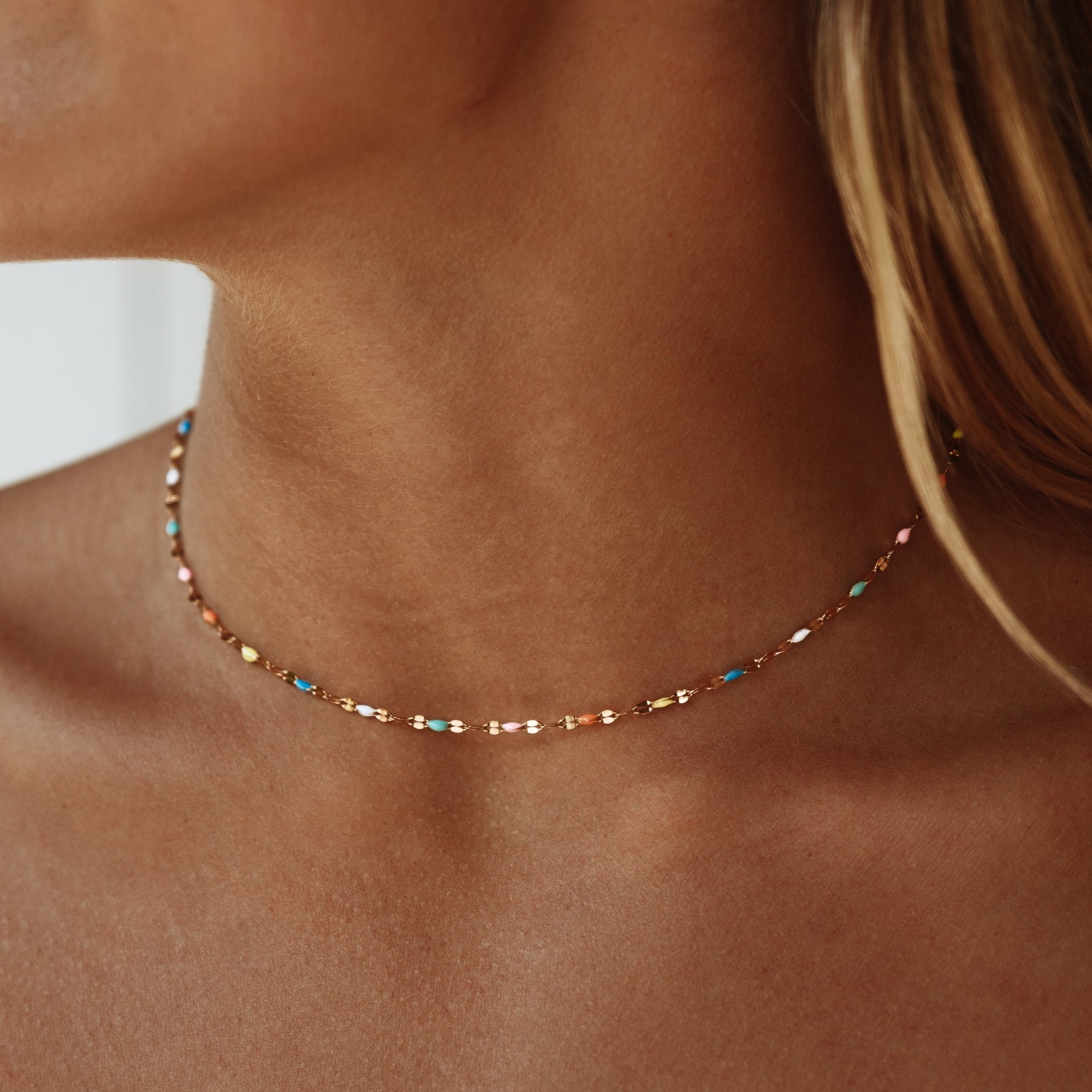

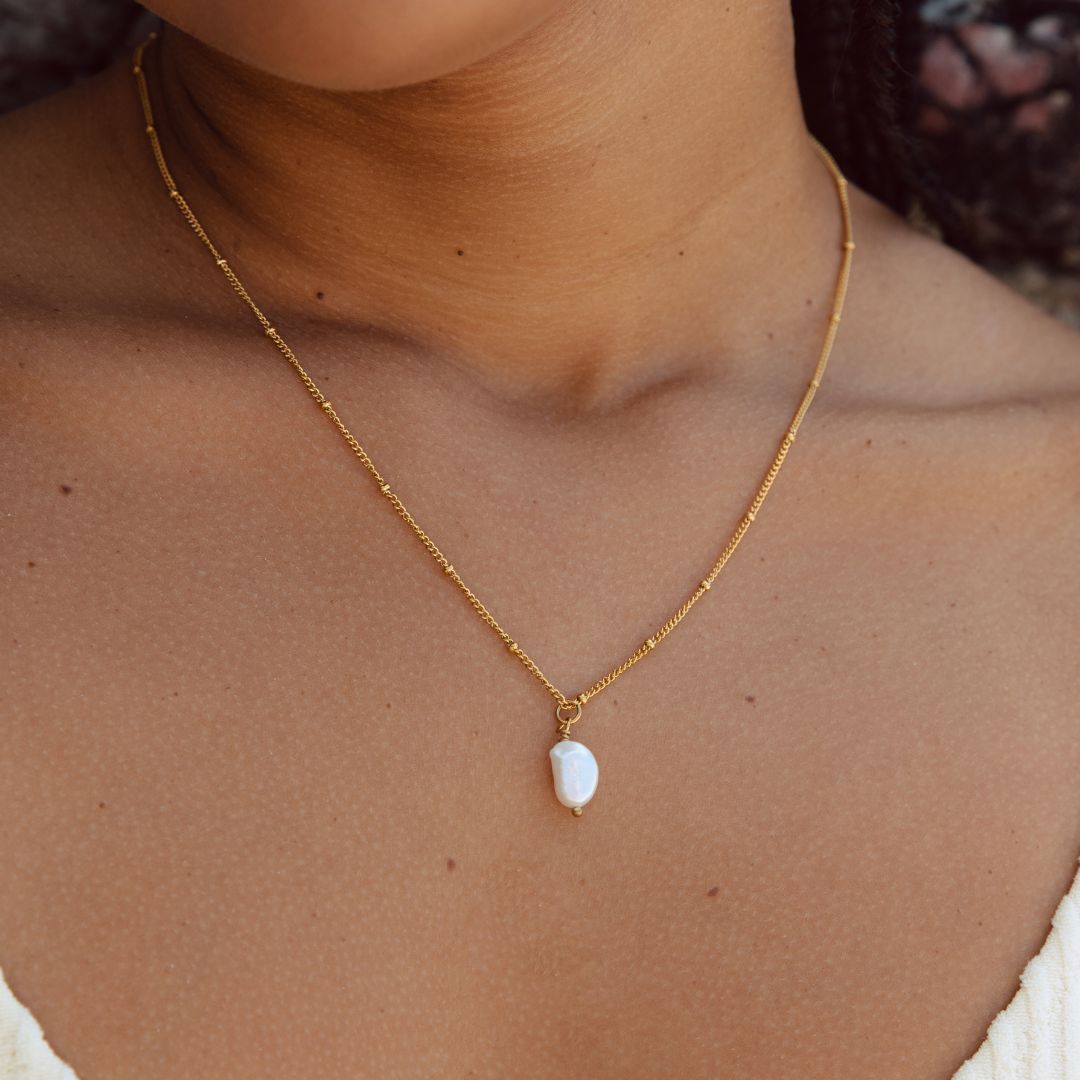


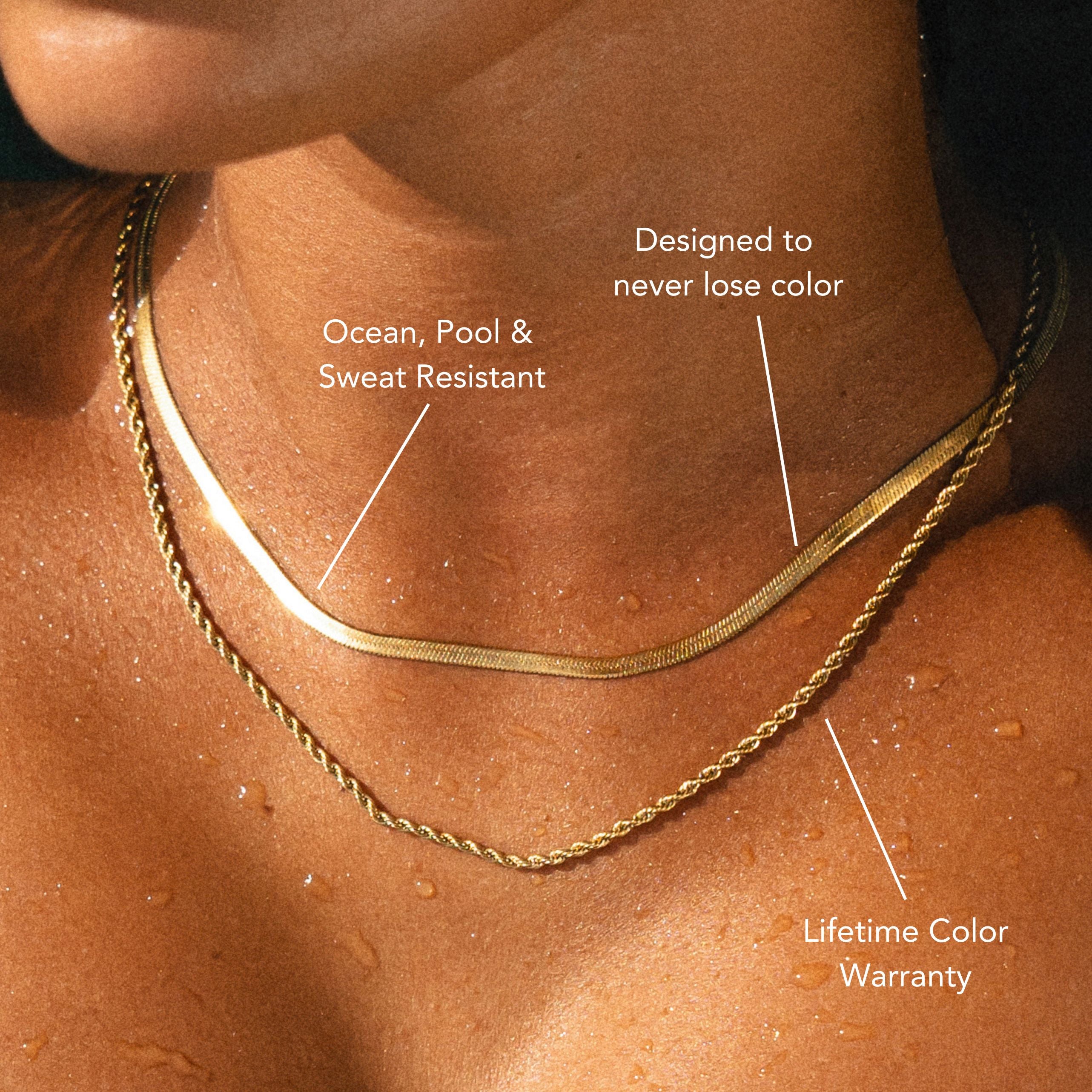


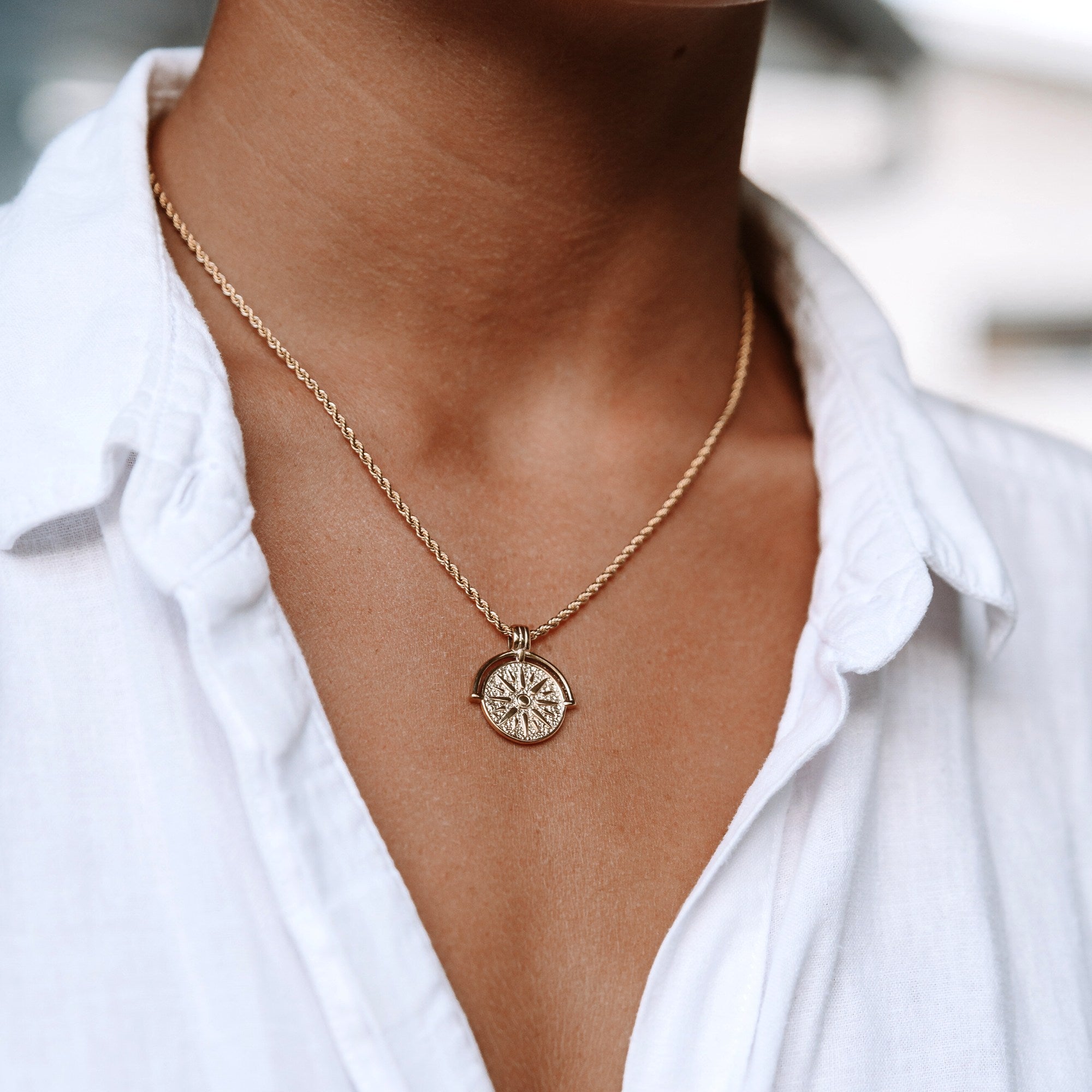
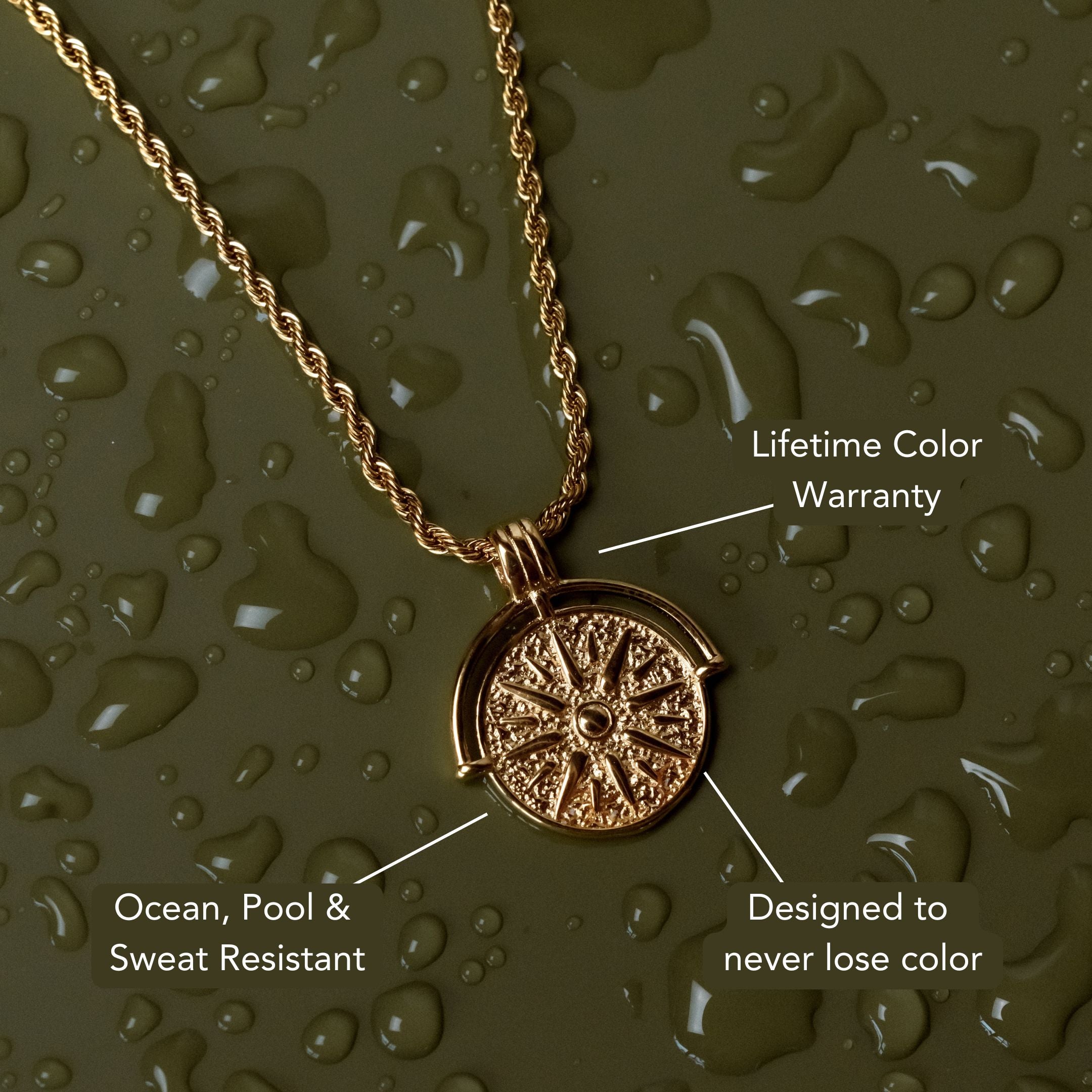
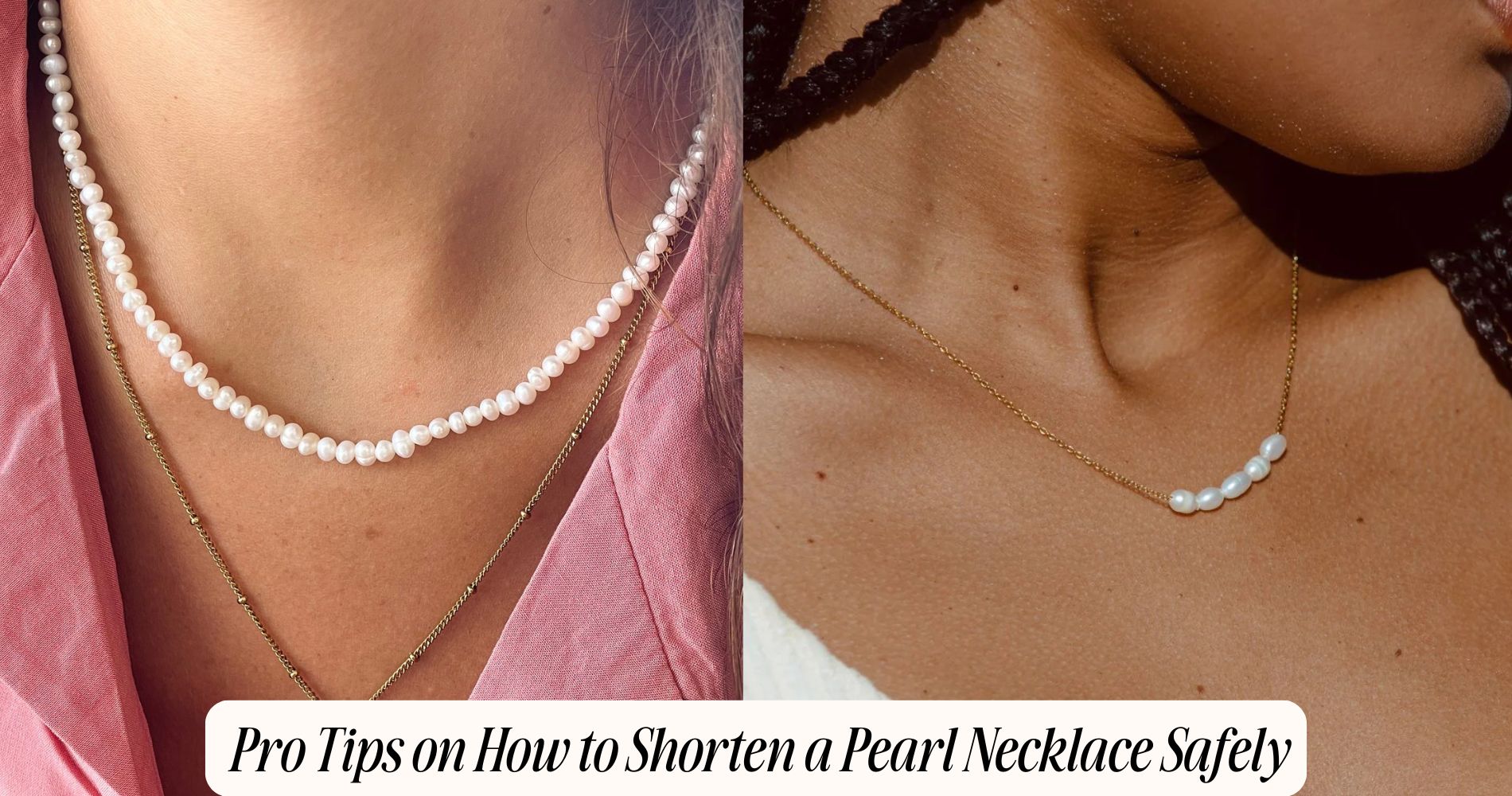





Leave a comment
This site is protected by hCaptcha and the hCaptcha Privacy Policy and Terms of Service apply.